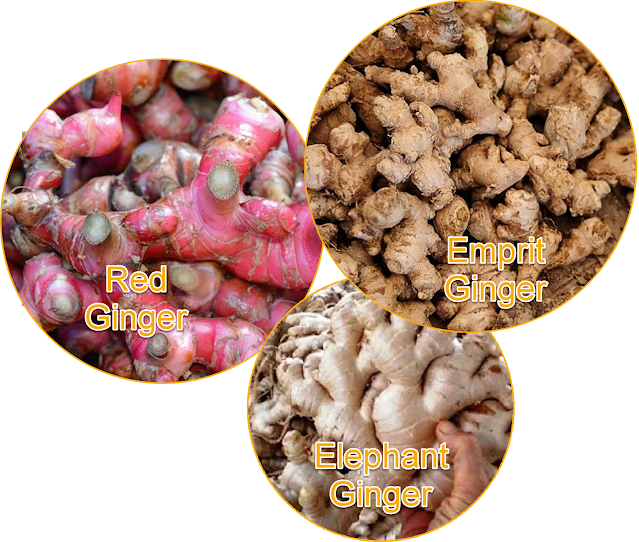Mention what are the requirements for choosing a ginger plant cultivation location?
- Prospective planting locations that are not former rhizomes with symptoms of bacteria, solanaceae family, nuts, banana, or host plants that carry wilt disease;
- The land can only be planted 2 (two) times in a row;
- Cultivation of land that has been affected by wilt disease can be cultivated for ginger for at least 5 years (if it is positive / has severe wilt disease)
- Land and location of farming and storage of products must be separated from land and locations that are not organic;
- Land suitability:
- Altitude: Ginger emprit: 200 - 1000 m asl; Elephant ginger: 400 - 800 m above sea level; Red ginger: 200 - 600 m above sea level;
- Annual rainfall for ginger: 1,500 - 3,000 mm;
- Air temperature: 25 - 37°C (moderate humidity); (depending on the type of ginger);
- Soil pH: 5.0 - 7.0;
- Soil land structure: fertile, loose, high in humus;
- Soil textures: sandy, loamy sandy and lateric soils;
- Maximum land slope of 30% (followed by conservation);
- Maximum shade for emprit ginger and red ginger is 30%.
Procedure for finding land / location for ginger cultivation.
- Look for land history information:
- Types of plants and cropping patterns (related to light intensity) in the previous planting;
- Barriers between land and location (roads, drains / ditches, trees, empty rows).
- Look for land suitability data:
- Height;
- Annual rainfall;
- Air temperature;
- soil pH;
- Soil structure;
- Soil texture;
- Land slope;
- Shade
- Find water source information:
- Location;
- Drainage materials (stainless steel, iron, aluminum, cement);
- Water source material (contaminant material).

